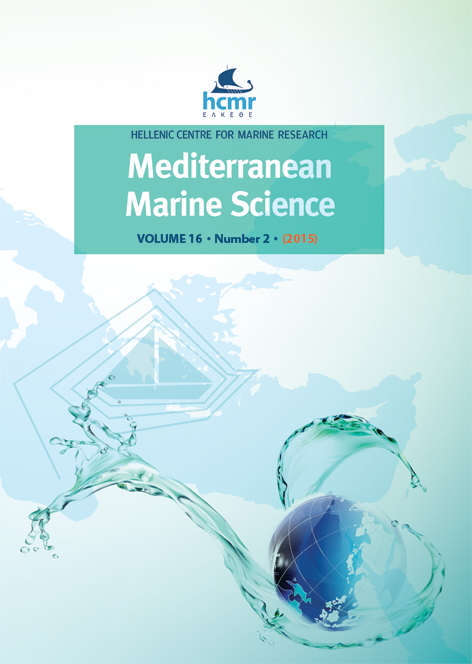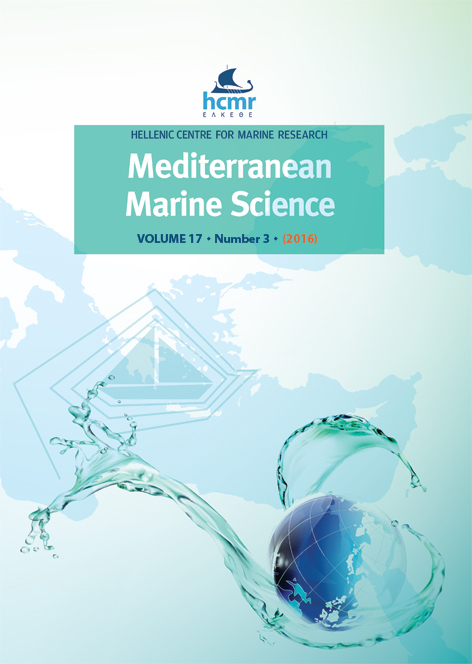Life-history trait of the Mediterranean keystone species Patella rustica: growth and microbial bioerosion
Аннотация
The age and shell growth patterns in populations of Patella rustica of the Adriatic Sea were determined by analyzing the inner growth lines visible in shell sections. Marginal increment analysis showed annual periodicity with annual growth line being deposited in May. The growth analysis of 120 individual shells showed that 90.8 % of collected individuals were less than 4 years of age and only two individuals (1.6 %) were older than 6 years. Population structure was described and the generalized von Bertalanffy growth parameters were calculated: asymptotic length (L∞) was 38.22 mm and the growth constant (K) was 0.30 year-1. Growth performance index value of P. rustica (Ø’) was 2.64 and is among the lowest ranges reported for limpet species. Patella rustica shells were degraded to different degrees by microbial bioerosion. Microboring organisms identified were pseudofilamentous and filamentous cyanobacteria Hormathonema paulocellulare, Hyella caespitosa, Mastigocoleus testarum and Leptolyngbya sp. The overall intensity of infestation was relatively low, but increased in severity with shell length. The damage was most often restricted to the oldest parts of the shell, i.e. apex of the shell, posing difficulties in determining the exact position of the first growth line. The present study is first to introduce the use of inner growth lines in Patella rustica shell sections as a reliable method for age determination and it provides the first insight into the growth patterns of this keystone species while taking the interference of microbial shell bioerosion in consideration.
Article Details
- Как цитировать
-
PRUSINA, I., PEHARDA, M., EZGETA-BALIC, D., PULJAS, S., GLAMUZINA, B., & GOLUBIC, S. (2015). Life-history trait of the Mediterranean keystone species Patella rustica: growth and microbial bioerosion. Mediterranean Marine Science, 16(2), 393–401. https://doi.org/10.12681/mms.1121
- Выпуск
- Том 16 № 2 (2015)
- Раздел
- Research Article
Authors who publish with this journal agree to the following terms:
- Authors retain copyright and grant the journal right of first publication with the work simultaneously licensed under a Creative Commons Attribution Non-Commercial License that allows others to share the work with an acknowledgement of the work's authorship and initial publication in this journal.
- Authors are able to enter into separate, additional contractual arrangements for the non-exclusive distribution of the journal's published version of the work (e.g. post it to an institutional repository or publish it in a book), with an acknowledgement of its initial publication in this journal.
- Authors are permitted and encouraged to post their work online (preferably in institutional repositories or on their website) prior to and during the submission process, as it can lead to productive exchanges, as well as earlier and greater citation of published work (See The Effect of Open Access).







